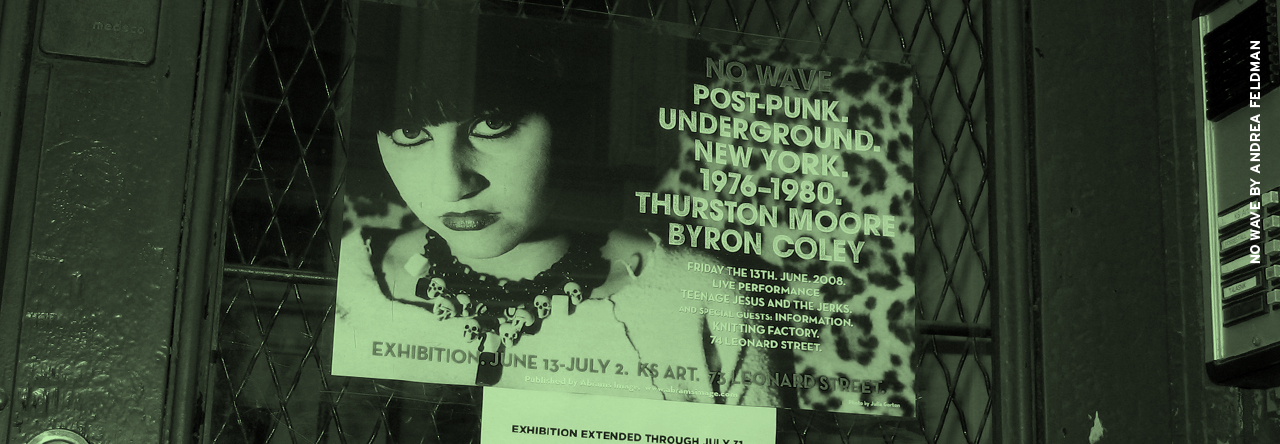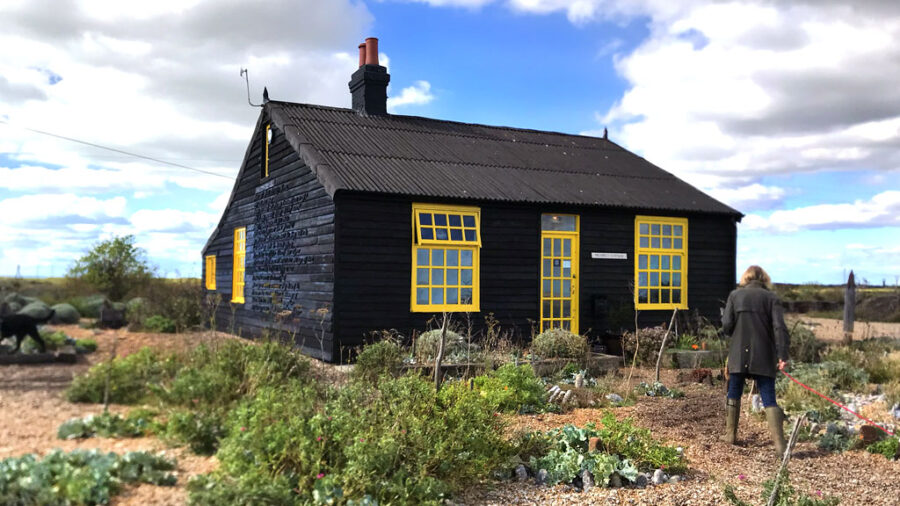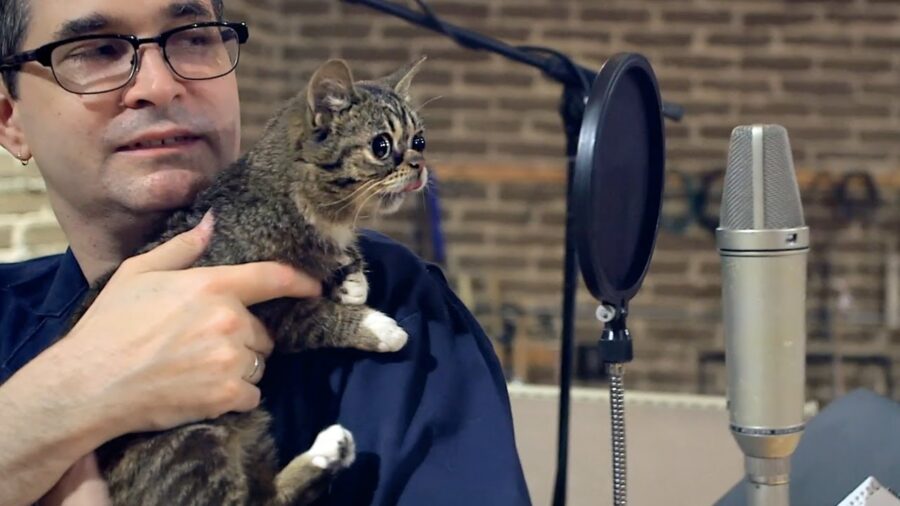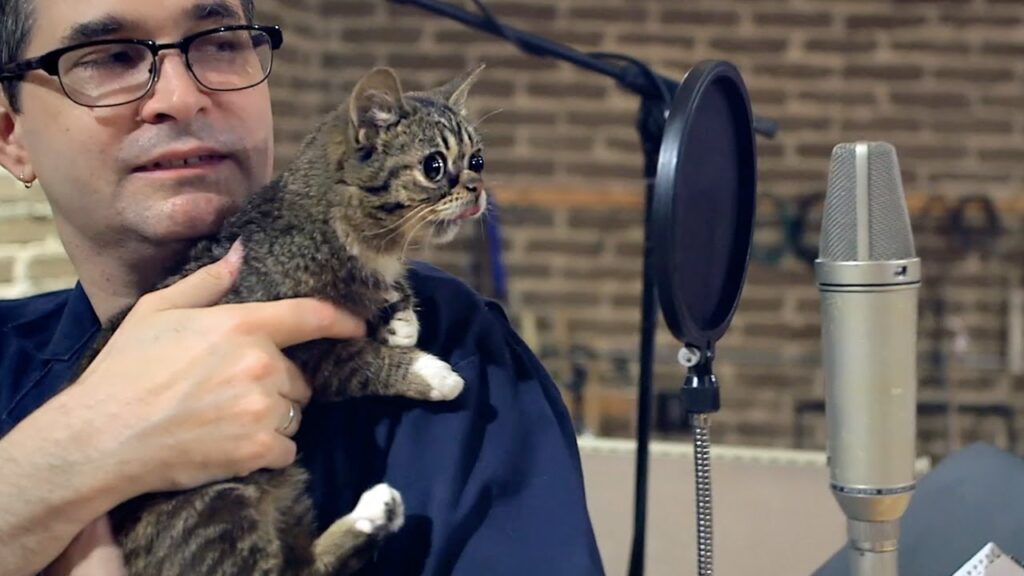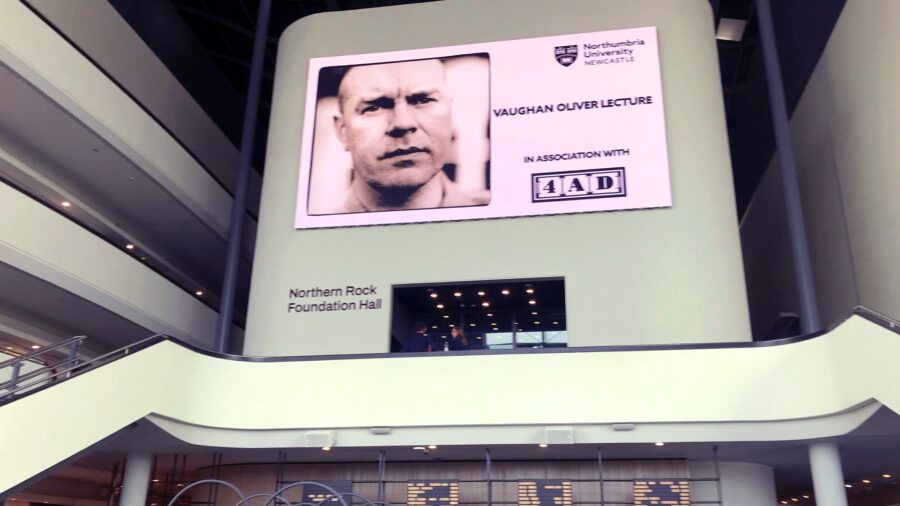
My recent trip to the United Kingdom was so incredible that hearing Viv Albertine speak wasn’t even the greatest moment of my trip. Viv Albertine! Of the Slits!
I am going to jump around a bit in the timeline of the trip to highlight my favorite moments. I was in the UK from Sunday to Sunday, September 22 to September 29. On my first day, I saw Steve Wynn at the Walthamstow Rock n’ Roll Book Festival and Viv Albertine at the George Tavern in Shadwell. From Monday to Wednesday, I visited my friends Mick and Anne in Edinburgh ( my first ever visit to the city). On Thursday, I visited my dear friend Sarra in lovely Muswell Hill, then headed to Finsbury Park to see the first of two Prolapse shows. Friday, I headed to Brighton to see Prolapse again, and Saturday our group road-tripped to Dungeness to visit Derek Jarman’s Prospect Cottage. Sunday I was back in London for a last day of good food and an extensive Tate Modern visit. Oh, and I witnessed the debut of Widget, a band featuring members of Big Joanie and All Cats Are Beautiful.
A Day in Dungeness
I think of Derek Jarman as a worldbuilder extraordinaire. Before his life was cut tragically and horrifically short by AIDS in 1994, he never stopped creating films, books, poems, and paintings— his last film, Blue, came out the year before he died — and he was equally adept at transforming raw spaces.
From 1969 until 1979, he lived in a succession of rudimentary studio spaces, all of which were situated on the Thames riverside. (Now fully gentrified, the neighborhood was then a warren of crumbling warehouses and disused wharfs, with less than 5,000 residents.)

